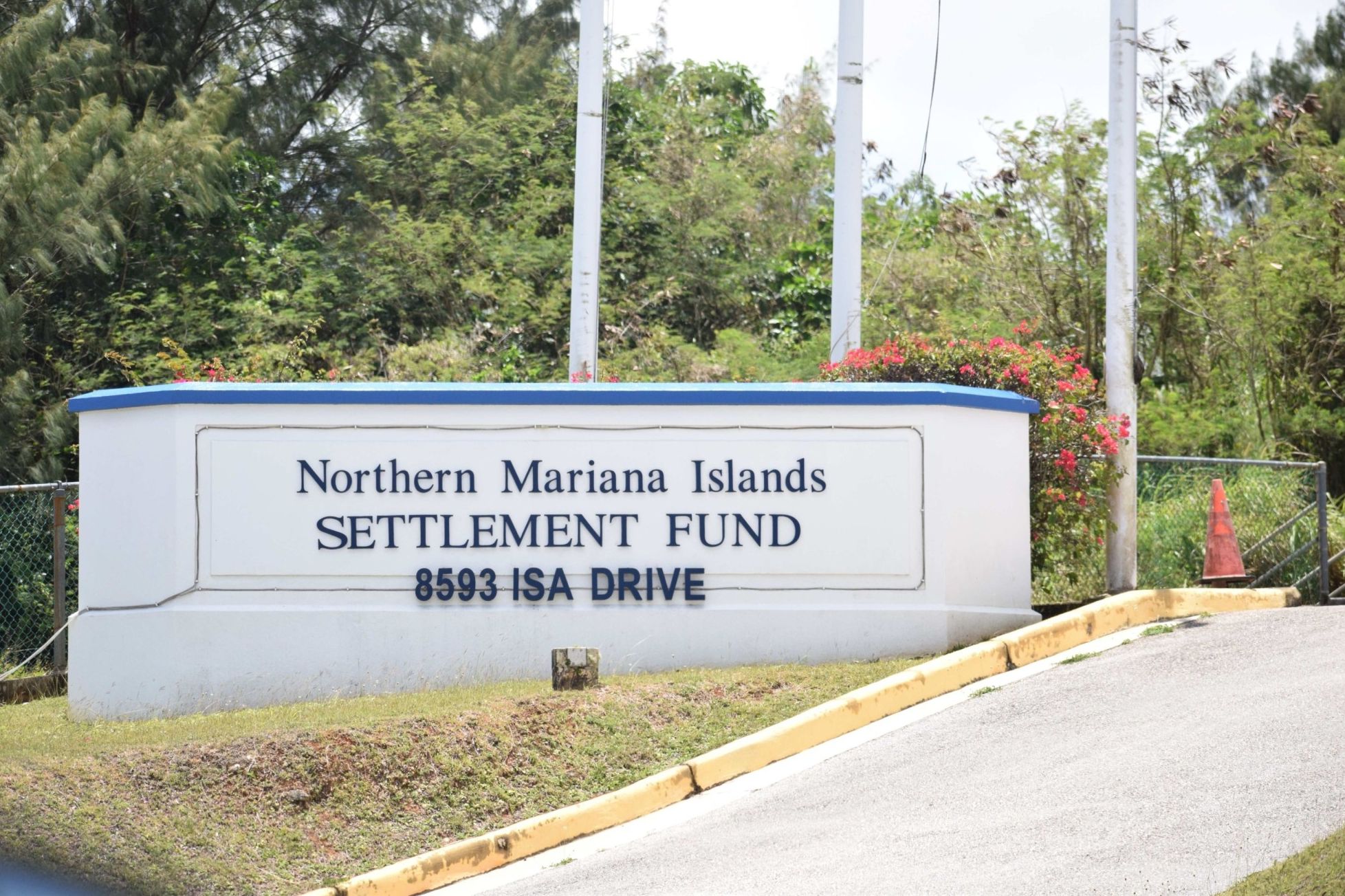

BC Cook
“EVEN before we went ashore we could make out the giant human shapes. Often rising above the horizon, silhouetted against the sky, they were majestic and eerie. As we approached one it seemed to be alive and we waited to see if it would speak. But the massive statues of Easter Island would reveal nothing of their origin or purpose to us.”
Perhaps their island home would tell us something of those who constructed such impressive statues, then suffered environmental disaster and finally moved or died out. What happened on Easter Island, known locally as Rapa Nui? For now, let us focus on the statues. What happened to the people of Easter Island will have to wait for another time.
The massive statues, called moai, of Rapa Nui are some of the world’s great man-made treasures. They average fourteen tons and thirteen feet tall with the shortest less than four feet high and the tallest measuring 72 feet, though that monster never made it out of the quarry. There are about 900 moai scattered around the island, with a third of them having arrived at their intended sites, nearly half still in the quarry where they were carved from the earth, and the rest abandoned along the routes. Male figures, nearly all of them stand along the coast facing inward with their backs to the water. Best estimates for their creation range around 500 years ago.
What was the purpose of the moai? Possibilities include religious, military, political uses, or enhancing family pride and prestige. Let’s take them one at a time.
It seems like every time someone finds something like this, we assume it has religious significance, partly because we cannot readily think of any practical use for a 72-foot statue. “They must have played a role in rituals or ceremonies,” we muse. That may be the case here. The faces are different enough to suggest they are modeled after actual people, perhaps clan chiefs or famous warriors. The moai could be the centerpieces of ancestor worship. But the lack of additional evidence, such as altars or ceremonial fire pyres nearby, works against that theory.
We can hardly think of a realistic military use for the statues, except for some kind of gigantic bluff, intended to scare would-be invaders from landing and attacking. History and nature are full of those who survived by pretending to be tougher than they really were. But then why do the statues face inward with their backs to the sea? If they were meant to discourage an invasion they are facing the wrong way. This cannot be the answer.
What would be the political use of such impressive statues? Throughout history regimes have engaged in monumental construction projects for the purpose of enhancing their prestige, controlling the masses, or just proving that they could command so many people and resources. Much political leverage could be had by proving one could build a giant statue of one’s grandfather. Once the building started competition pitted rival clans against each other to build the largest, tallest, or heaviest. This ties into the last category: enhancing family pride and prestige. We know that Rapa Nui society was sharply divided into rival clans that owned land shaped like pieces of a pizza, long and narrow, stretching from the beach to the center of the island. Each clan area featured its own statues that watched over the family holdings, permanent security guards that warned, “Grandpa is watching you!” Ambition grew, competition increased, and resources were exhausted.
Still, it is strange that so many moai were left along the roadside and in the quarry. Why didn’t the islanders finish what they started? What brought all of this to an end? That may be the biggest mystery of Easter Island.
BC Cook, PhD lived on Saipan and has taught history for over 30 years. He is a director and historian at Sealark Exploration (sealarkexploration.org).











